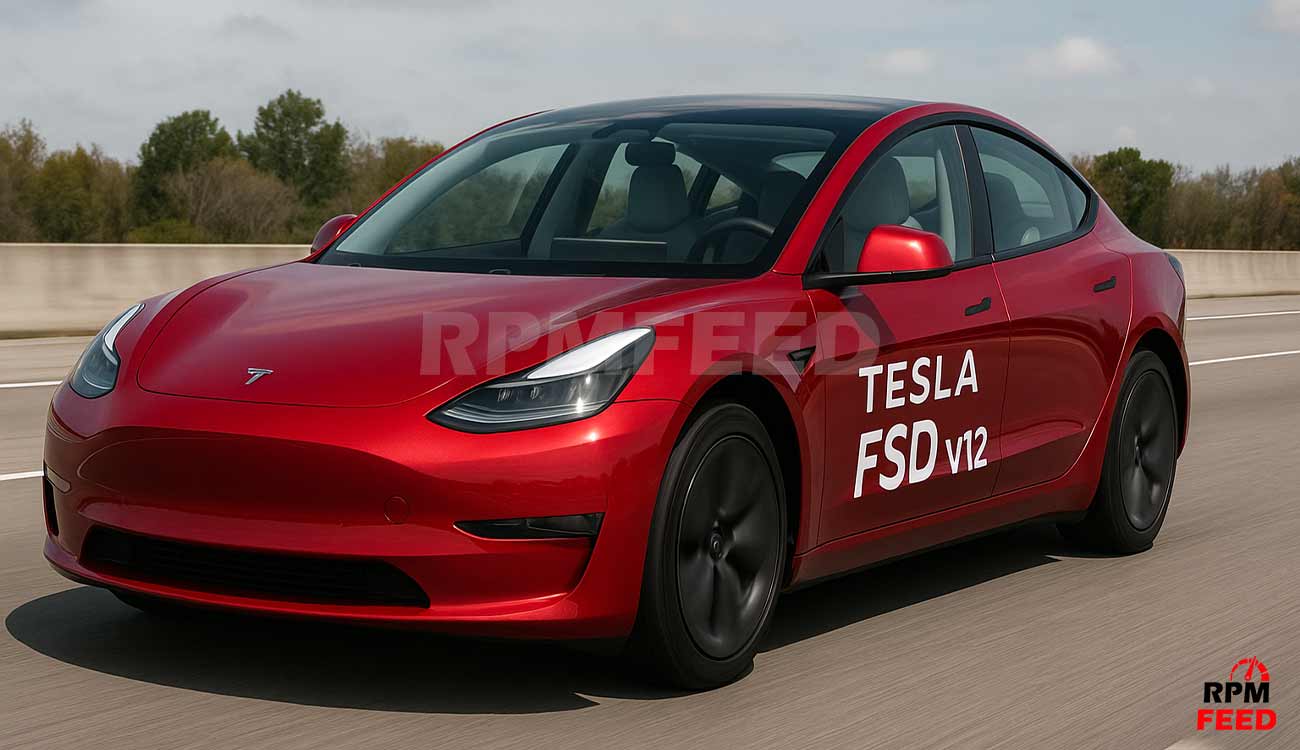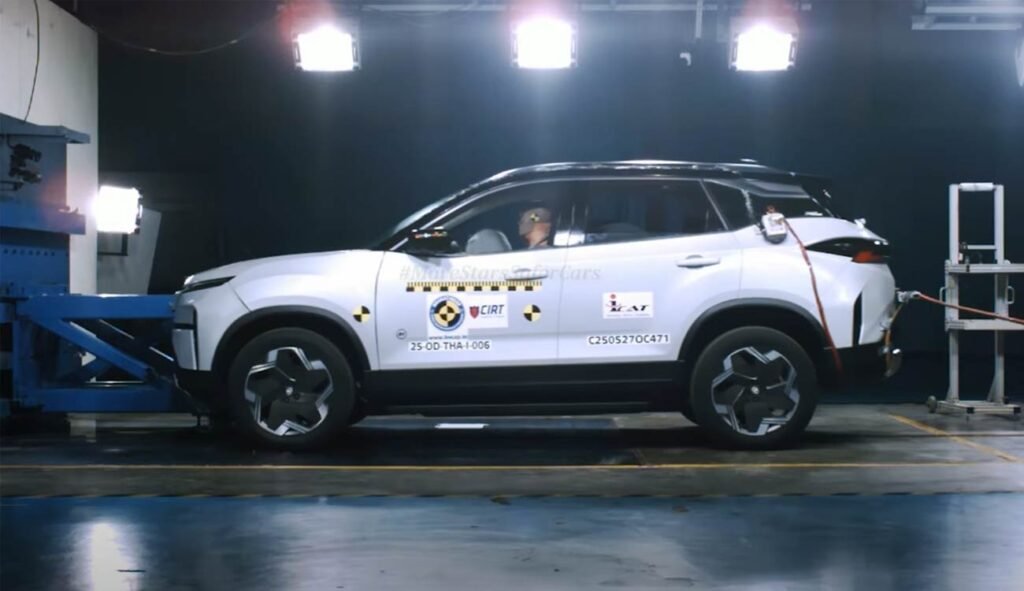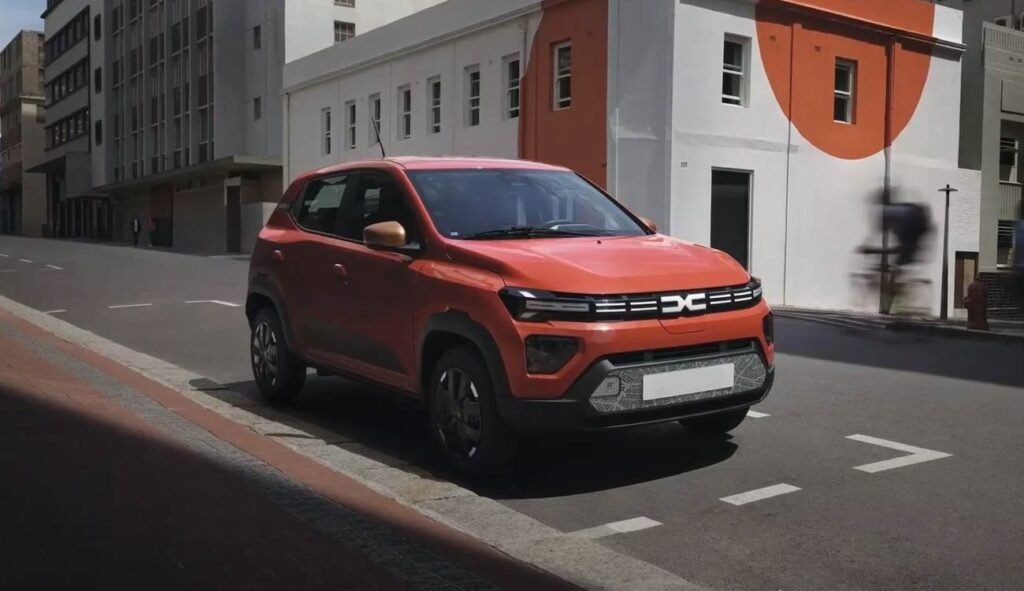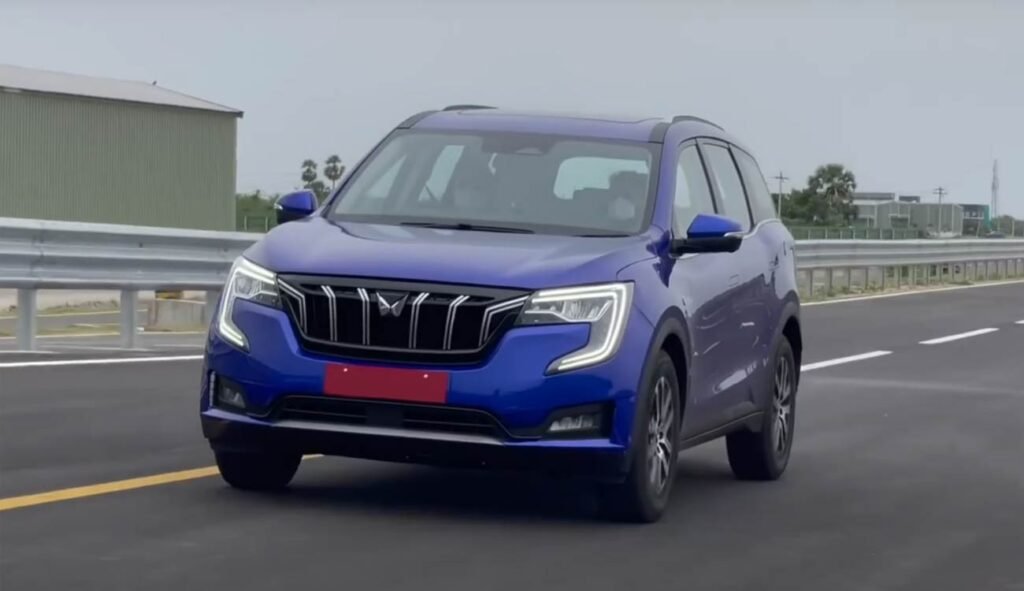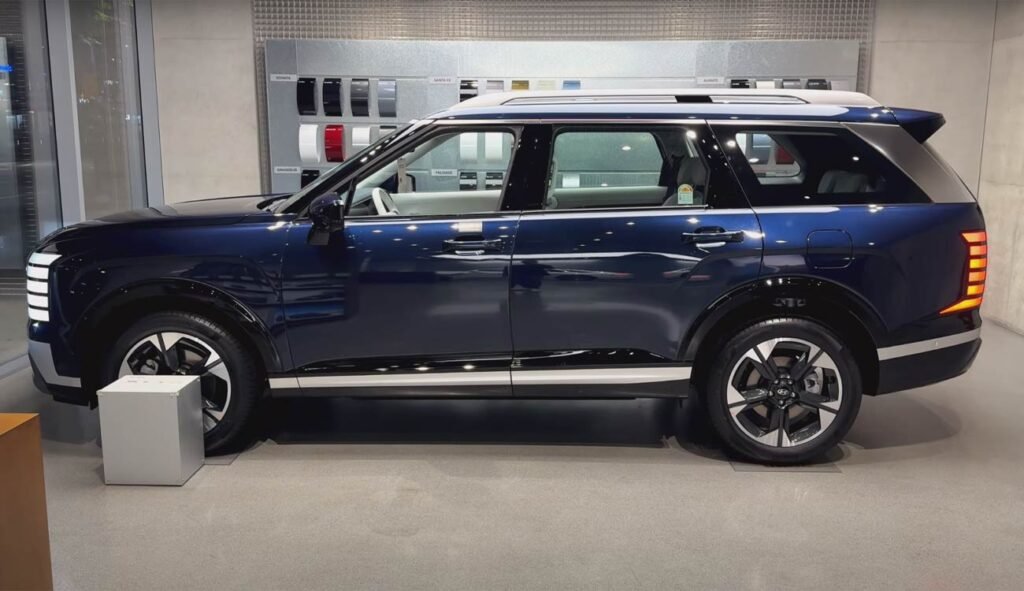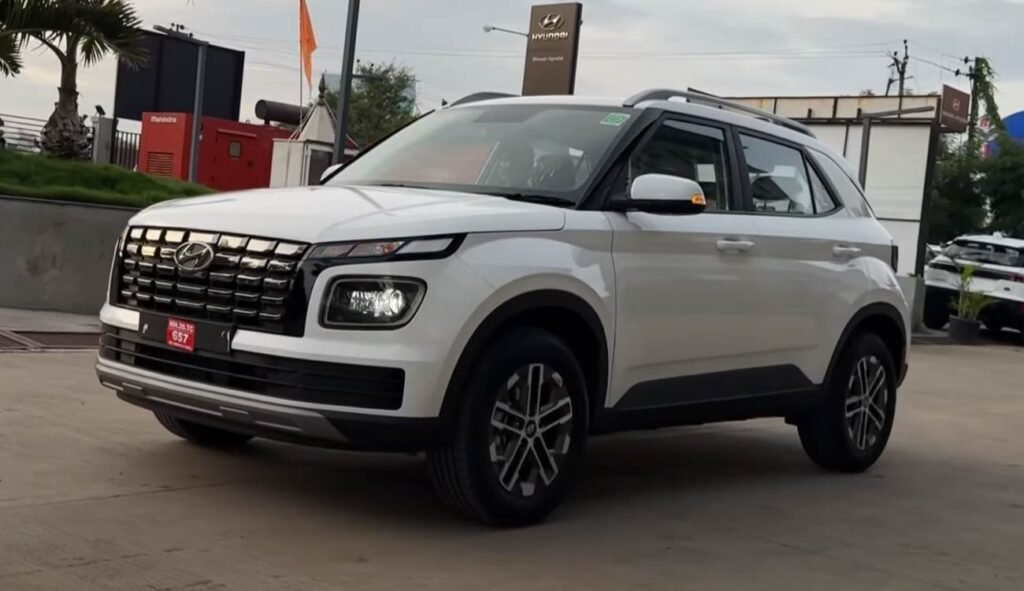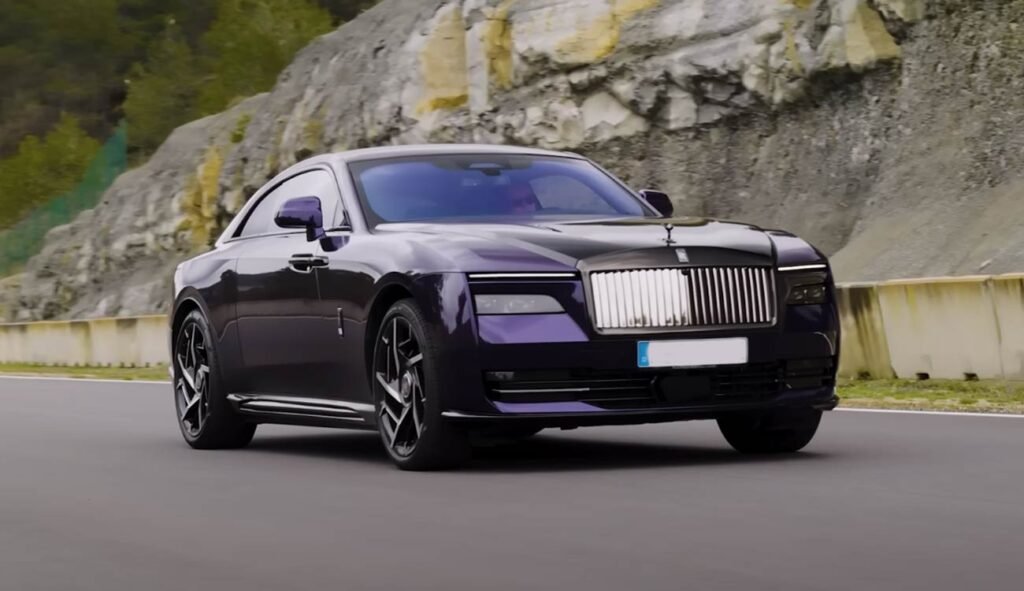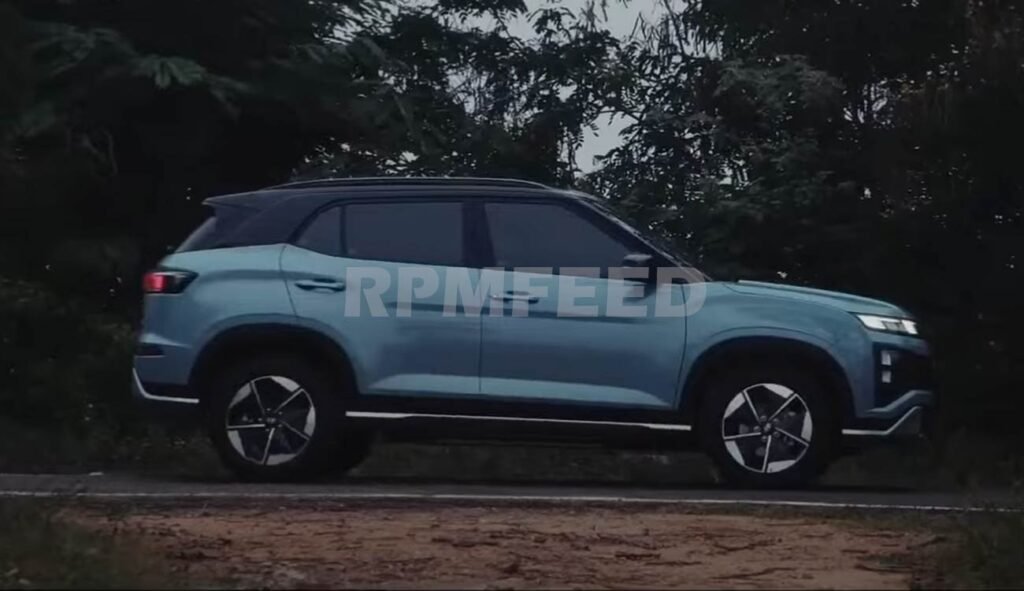Tesla’s Full Self-Driving (FSD) v12 is revolutionizing autonomous driving globally—but when will Indian roads experience it? Fans across the country are eager to see how Tesla’s cutting-edge AI-powered driving system tackles the unique challenges of Indian traffic. While Tesla has made strides in the U.S. and Europe, bringing FSD to India will be a whole new game. Here’s everything you need to know, including the roadblocks, Tesla’s plans, and when we can realistically expect the FSD rollout in India.
Quick Read
- FSD v12 uses end-to-end AI with no hard-coded rules, enabling superior adaptability.
- Indian roads present challenges like chaotic traffic, unpredictable behaviors, and poor infrastructure.
- Regulatory hurdles in India, including data privacy concerns, may delay approvals.
- Tesla’s upcoming factory in India could pave the way for FSD trials starting in cities like Bengaluru or Mumbai.
- Competing tech from Indian automakers like Tata and Mahindra provides a glimpse of homegrown autonomous solutions.
- Optimistic FSD timeline for India is late 2025, with realistic predictions pointing to 2026-2027 or later.
FSD v12: What Makes It Revolutionary?
Tesla’s FSD v12 marks a seismic shift in autonomous driving. Powered by end-to-end AI, it eliminates human-coded rules, enabling the software to learn and adapt like a human driver. Unlike traditional systems that rely on predefined logic, v12 uses powerful neural networks to process real-world scenarios.
Why FSD v12 Sets a New Benchmark:
1. AI-Driven Learner
FSD v12 adapts to complex and unpredictable environments, whether it’s navigating congested intersections or avoiding sudden obstacles.
2. Smooth Decision-Making
Scenarios like merging onto freeways, tricky junctions, and unmapped roads are handled with unparalleled precision.
3. Proven Success Abroad
After achieving remarkable results in the U.S. and Europe, FSD v12 continues to prove its ability on well-structured roads. Yet, India poses an entirely different set of challenges.
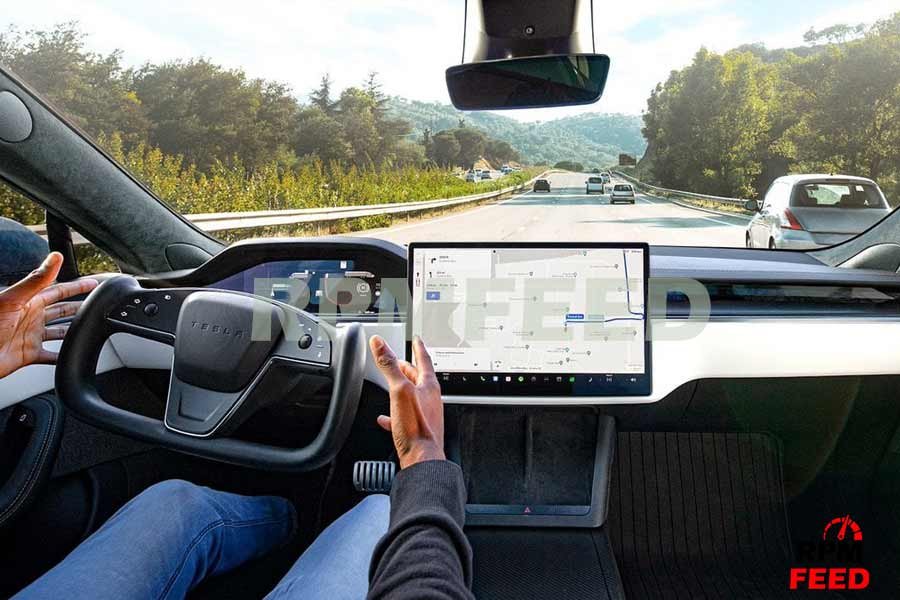
The Challenges Tesla Faces in India
While FSD v12 thrives on order and predictability, Indian roads are anything but. Tesla will face significant hurdles before launching their autonomous systems in the country.
1. Chaotic Traffic
Indian streets are infamous for their unpredictability:
- Pedestrians and animals roaming on highways.
- Non-lane-based driving, including three vehicles squeezing into two lanes.
- “Jugaad” (makeshift) solutions, like vehicles driving against traffic.
2. Regulatory Hurdles
India imposes strict regulations on autonomous tech, demanding extensive testing and government approvals. Additionally:
- Data Localization laws may conflict with Tesla’s global data-sharing requirements.
- Privacy concerns could further complicate regulatory clearance.
3. Infrastructure Woes
FSD thrives on clear road infrastructure, but India falls short in key areas:
- Poor-quality or missing road markings.
- Erratic and inconsistent traffic signage.
- Construction zones and diversions, which emerge without warning.
Tesla’s Plans for India
Elon Musk’s discussions with Indian officials in 2024 hinted at major plans for Tesla’s entry into India. While most announcements centered around manufacturing, FSD could also be part of this roadmap.
Concrete Steps Toward FSD in India:
1. Tesla’s First Indian Factory
Expected to be operational soon, the factory could support FSD-enabled vehicles tailored to Indian conditions.
2. Limited Beta Testing
Cities like Bengaluru and Mumbai, with growing EV adoption, are ideal candidates for the first FSD trials.
3. Localized Adaptation
Tesla may tweak FSD algorithms to handle India-specific scenarios, which could make or break the system’s success here.
Competing Tech in India
Local automakers are not waiting for Tesla to dominate the autonomous space. Indian companies like Tata Motors and Mahindra already offer Level 2+ Advanced Driver Assistance Systems (ADAS).
Homegrown Alternatives:
1. ADAS by Indian Automakers
Features like lane-keeping assist, adaptive cruise control, and emergency braking are becoming standard in high-end Indian vehicles.
2. Tesla vs. Local EVs
Companies like Ola and Ather are making strides in EV tech. While Tesla’s FSD leads globally, homegrown competition could accelerate India’s autonomous future.
Realistic Predictions for FSD in India
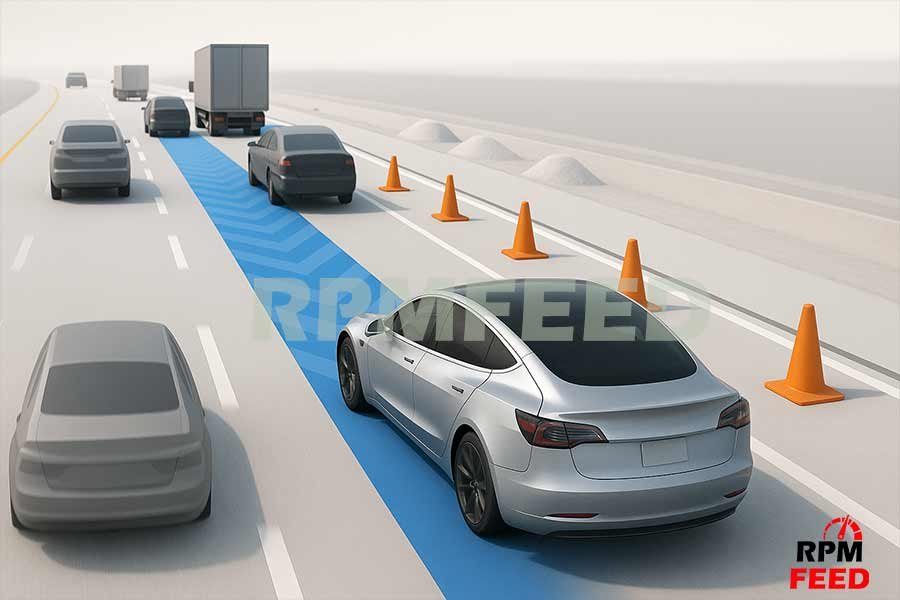
When will FSD v12 finally make its way to India? Multiple factors will influence its timeline.
Key Scenarios:
1. Optimistic: Late 2025
If Tesla’s factory is operational, beta testing could begin within two years.
2. Realistic: 2026-2027
Infrastructure upgrades and regulatory approvals will likely take time.
3. Long Shot: Beyond 2030
Without significant improvements in road conditions and streamlined policies, FSD will remain out of reach.
What Indian Tesla Fans Can Do Right Now
While waiting for FSD, Indian Tesla enthusiasts can still enjoy advanced tech features already available.
- Enhanced Autopilot (EAP) offers partial automation, including driver assistance on highways.
- Social Media Advocacy plays a crucial role. Petition local policymakers or tweet directly to Tesla’s leadership to prioritize FSD trials in India.
Is India the Ultimate Challenge for FSD?
The arrival of Tesla FSD v12 in India will be a game-changer, but it won’t happen overnight. Indian roads, known for their organized chaos, represent the ultimate test for Tesla’s autonomous capabilities. But with the right adaptations and clear policy frameworks, India could eventually become a leading market for autonomous vehicles.
